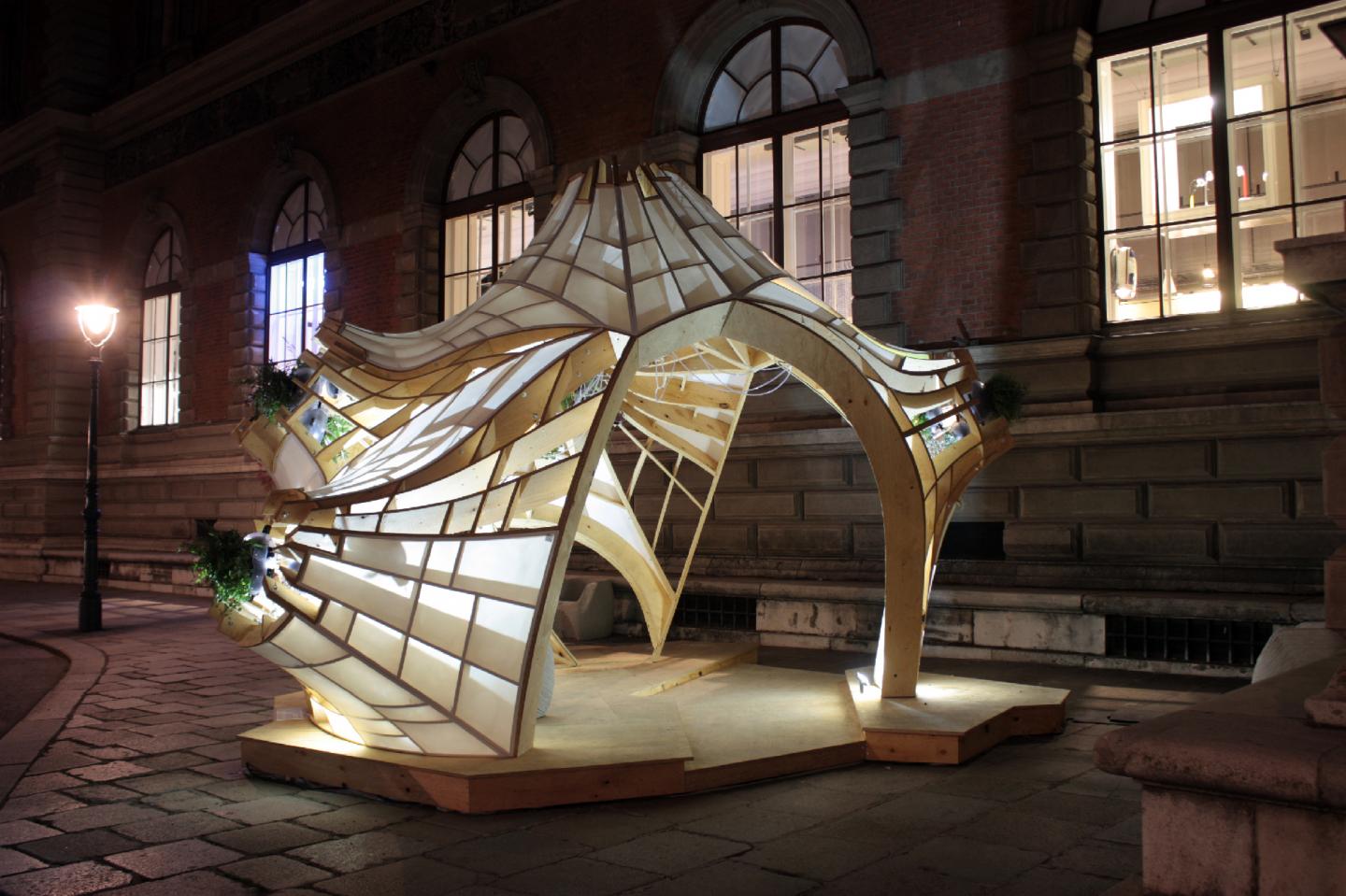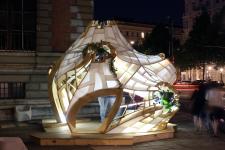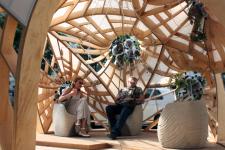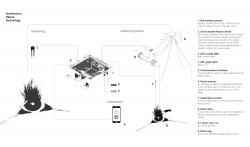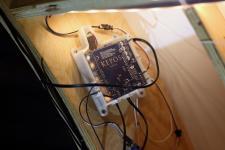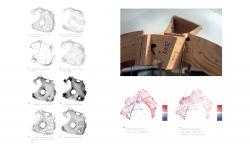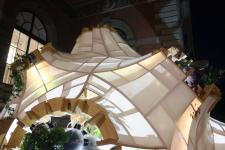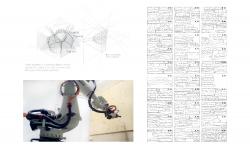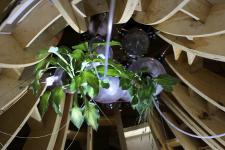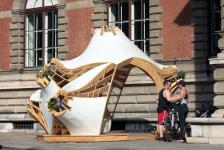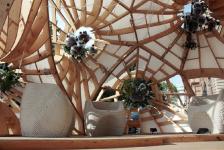"20170621 Cell Two is in need of water. please visit me. #Kepos_cpdg" ,tweets one of the plants from the interactive Kepos pavilion.
KEPOS is to be understood as urban common; a prototypical architectural urban strategy, manifesting the concept of a communal garden in the post digital society.
The project engages via social media with the community, transforming the open space into an active participant of urban life. Therefore, the shelter is not only designed to provide a semi private space in the urban context but it also engages by communicating its current status raising interest in architecture and public space among a broader audience.
The project investigates strategies and scenarios for the postdigital age that it is not to be understood as a contrast to "non-digital", like analog or physical.
On the contrary, even if digital media have taken root in our everyday life or rather dominate it, from this status quo we should make the most of it.
We are looking for solutions to better integrate the omnipresence of digital technologies into our lives. For architecture and city planning, this means to counter isolation as a result of digital devices and to bring people back into urban space.
The main functional purpose of Kepos is therefore to counteract the emptying of the public space by digitization but instead to regaining it as a place to stay and act.
With the use of smart technology, KEPOS allows users to get involved through social media and in public space. Plants, soil, and air are equipped with sensor devices, connected to microprocessors that compute the input data to control the output systems. Three interlocking communication circuits orchestrate the performance; watering, text messaging, and lighting performance. The watering circuit senses humidity of soil and air to instantaneously transmit the information of watering request via social media to the community subscribed. However, response requires physical presence and tactile sense by means of a capacitive touch sensing installation that activates a water pump. Dripping water saturates the soil until the humidity sensor communicates the right amount of moisture to a lighting circuit, re-adjusting the colours in animated LED stripes to visualise the state of soil and plants.
The engagement asked of the participants is to come to visit KEPOS to touch the plant in need of water and activate its hydration. KEPOS will be monitoring and posting online the air quality, temperature and light conditions inside and outside of itself to inform the micro-climate being created.
Then, in the true sense of the word, it means acting physically - the green pavilion visitors must be on the spot in the city. No digital control, no smart app is available. Anyone who comes to water the plants from the Twitter or Facebook community has to be in the pavilion and become active. Conversation with another visitor can result - analogously and in direct Vis-à-Vis.
"20170621 Thank you for your visit! Plants are doing dandy!
2016
2017
With the use of smart technology, Kepos allows users to get involved through social media and in public space. Plants, soil, and air are equipped with sensor devices, connected to microprocessors that compute the input data to control the output systems. Three interlocking communication circuits orchestrate the performance; watering, text messaging, and lighting performance. The watering circuit senses humidity of soil and air to instantaneously transmit the information of watering request via social media to the community subscribed. However, response requires physical presence and tactile sense by means of a capacitive touch sensing installation that activates a water pump. Dripping water saturates the soil until the humidity sensor communicates the right amount of moisture to a lighting circuit, re-adjusting the colours in animated LED stripes to visualize the state of soil and plants.
Angelica Lorenzi, Dennis Schiaroli
